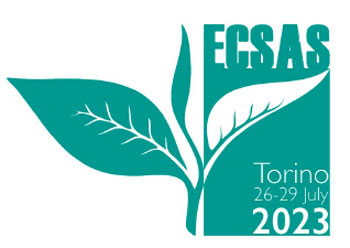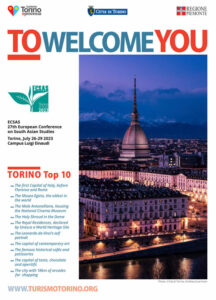Presenter
Mohan Greeshma - Mahindra University, Humanities and Social Sciences, Hyderabad, IndiaPanel
35 – Postmodern Narratives of Caste and IndigeneityAbstract
Dalit literature has been viewed as an instrument of political protest, with the autobiographical form taking pre-eminence in terms of genre and mode of narration. Toral Jatin Gajarawala argues that dalit autobiographies have been saddled with the twin burden of being ethnographic documents that record pain and suffering of an individual and community while being historically revisionist, and seen as politically valuable but aesthetically “artless”. Gajarawala argues that dalit literature due to its “concrete if complex relationship to social reality”, its rationalist ethos is primarily realist and a “product of a modern subjectivity”. But the question of narrative modes such as the fantastical, the supernatural and otherworldly and their translatability into modern, rationalist form remains.
In my paper I examine Devanooru Mahadeva’s Kusumabale (1988) as an outlier given the focus on first person, realist narratives in dalit literature. Written in Kannada, specifically a particular dialect of Kannada spoken in the Nanjangud area near Mysore the novel, if it can be called that, is structured into chapterkins some of which are in verse, and tells the tale of a village where the dalit movement gains momentum. However, the primary characters in Kusumabale are spirits which guide, and act as intermediaries for humans, both upper caste and dalit.
My paper tries to answer Gajarawala’s important question: “Are other forms of dalit realism possible?” using Mahadevda’s text.


